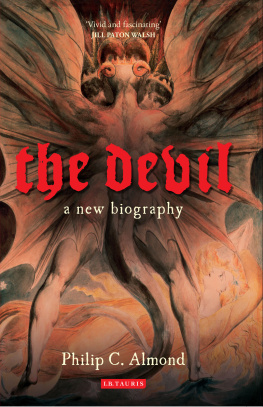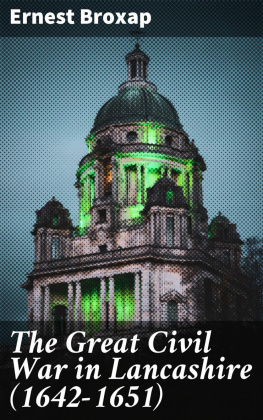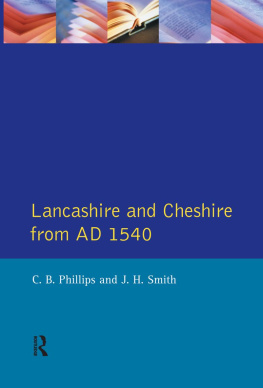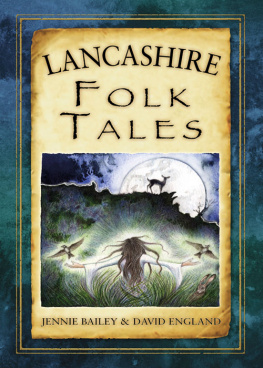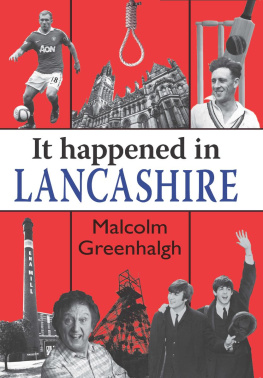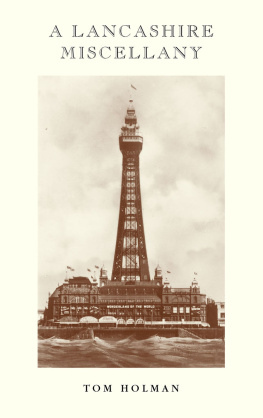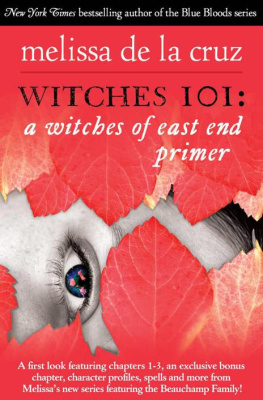Philip C. Almond is Professor Emeritus of Religion at the University of Queensland, and is internationally respected for his work on religion and the history of ideas, especially during the English Enlightenment. His previous books include The Witches of Warboys, Englands First Demonologist, The Devil, Afterlife (all I.B.Tauris), The British Discovery of Buddhism, Heaven and Hell in Enlightenment England, and Adam and Eve in Seventeenth-Century Thought.
Philip Almond does an excellent job of disentangling facts and revealing motivations. Times Literary Supplement
A fine and lively study. Spectator
A powerful book. Country Life
The most detailed and historically accurate account of the extraordinary 1612 trials that gripped Britain. Daily Express
Almond follows each of the Pendle protagonists with an exemplary clarity and an impressive array of historical and critical sources. Of the many books on the storm over Pendle, this must rank as one of the best. Fortean Times
The Lancashire witch-trials of 1612 represent one of the most mysterious and misunderstood episodes from seventeenth-century England. With great skill and care, Philip Almond dispels myths and disentangles a series of complex and overlapping stories to present a gripping narrative about paranoia and power. One of the most fascinating aspects of the case, superbly plotted in this book, is the way that at a precise moment in Englands history, the neighbourhood squabbles of a remote community, collided with political anxiety at the heart of government. Almond reconstructs these events sensitively and judiciously. The sympathy he shows to the women who died is fitting, but does not obstruct an understanding of the accusers motives, their fears and their determination to purge society of evil, however misguided these motives seem today. An ability to make sense of a past realm of reality, and such a strange one as this, is in the finest tradition of historical writing. Malcolm Gaskill, Professor of Early Modern History, University of East Anglia
The Lancashire witch trials of 1612 are Englands Salem, yet too few of us know they occurred. In this alert and able study, Philip Almond sets out to correct that, telling the story straight and with great thoroughness and good sense. He has in doing so cast fascinating light on one of the darkest moments in our history. Diane Purkiss, Fellow in English, Keble College Oxford, and author of The Witch in History: Early Modern and Late Twentieth Century Representations
The Lancashire witch trials of 1612 are the most famous in English history, and now probably the most intensely studied. It is very much to Philip Almonds credit that he manages to find fresh and interesting suggestions to make about them, from a new and close reading of the records. In doing so, he shows the same intense capacity to engage with early modern people, as distinct personalities, that has characterised all of his previous work. This is history at its most vivid: a consistently exciting read. Ronald Hutton, Professor of History, University of Bristol, and author of The Triumph of the Moon: A History of Modern Pagan Witchcraft
Paperback edition published in 2017 by
I.B.Tauris & Co.
Ltd London New York
www.ibtauris.com
Hardback edition first published in 2012 by
I.B.Tauris & Co. Ltd
Copyright 2012 Philip C. Almond
The right of Philip C. Almond to be identified as the author of this work has been asserted by the author in accordance with the Copyright, Designs and Patents Act 1988.
All rights reserved. Except for brief quotations in a review, this book, or any part thereof, may not be reproduced, stored in or introduced into a retrieval system, or transmitted, in any form or by any means, electronic, mechanical, photocopying, recording or otherwise, without the prior written permission of the publisher.
Every attempt has been made to gain permission for the use of the images in this book. Any omissions will be rectified in future editions.
References to websites were correct at the time of writing.
ISBN: 978 1 78453 771 5
eISBN: 978 0 85773 264 4
ePDF: 978 1 78673 970 4
A full CIP record for this book is available from the British Library
A full CIP record is available from the Library of Congress
Library of Congress Catalog Card Number: available
Printed and bound by CPI Group (UK) Ltd, Croydon, CR0 4YY
To Siam and Summer
Let me ponder over the exact words of our British Solomon. I have his learned treatise by heart, and it is fortunate my memory serves me so well, for the sagacious princes dictum will fortify me in my resolution If the magistrate, saith the King, be slothful towards witches, God is very able to make them instruments to waken and punish his sloth. No one can accuse me of slothfulness and want of zeal. My best exertions have been used against the accursed creatures. And now for the rest. But if, on the contrary, he be diligent in examining and punishing them, God will not permit their master to trouble or hinder so good a work! Exactly what I have done. I am quite easy now, and shall go on fearlessly as before.
Thomas Potts on the Daemonologie of King James
William Harrison Ainsworth, The Lancashire
Witches: A Romance of Pendle Forest (1849)
Contents
List of Illustrations
1.Pendle Hill from Downham. By permission of Getty Images.
2.Anon., The Famous History of the Lancashire Witches, etc. 1780(?). By permission of the British Library.
3.Thomas Potts, illustration by John Gilbert from William Harrison Ainsworth, The Lancashire Witches: A Romance of Pendle Forest, 1882.
4.Title page, King James I, Daemonologie, 1597.
5.The Trough of Bowland. By permission of Katherine Eastham/Alamy.
6.Lancaster Castle. By permission of Olaf Protze.
7.The Judges Lodgings, Lancaster. By permission of RogerHoward.
8.The witches committed to the Castle at Lancaster, from Thomas Potts, The Wonderfull Discoverie of Witches in the Countie of Lancaster, 1613.
9.St. Marys in Newchurch, Lancashire. By permission of the late Jim Sanderson Collection.
10.Frontispiece, Richard Bovet, Pandaemonium, or the Devils Cloyster, 1684. By permission of the British Library.
11.The Ride through the Murky Air, illustration by John Gilbert from William Harrison Ainsworth, The Lancashire Witches: A Romance of Pendle Forest, 1882.
12.The Incantation, illustration by John Gilbert from William Harrison Ainsworth, The Lancashire Witches: A Romance of Pendle Forest, 1882.
13.The Witches of Salmesbury, from Thomas Potts, The Wonderfull Discoverie of Witches in the Countie of Lancaster, 1613.
14.The River Ribble near Dinckley, Lancashire. By permission of Getty Images.
15.Samlesbury Hall, Lancashire. By permission of Andrew Stannard.
16.A circle of demons and witches, from Nathaniel Crouch, The Kingdom of Darkness, 1688. By permission of the British Library.
17.Title page, The Arraignement and Triall of Jennet Preston, 1612.
18.York Castle in 1644, from Thomas Cooper, History of York Castle, 1911. By permission of the British Library.
19.Hanging of Witches, anon., Englands Grievance Discovered in Relation to the Coal Trade



